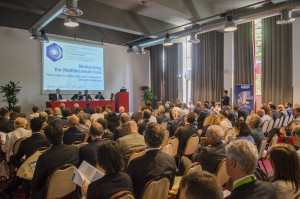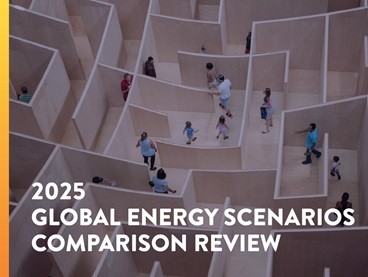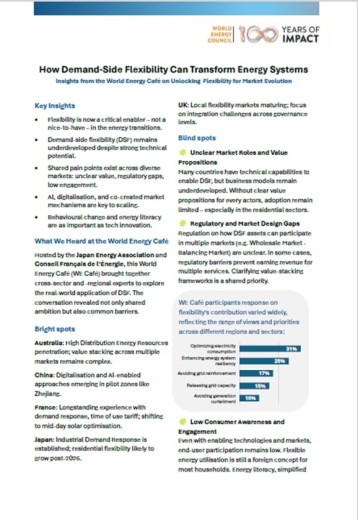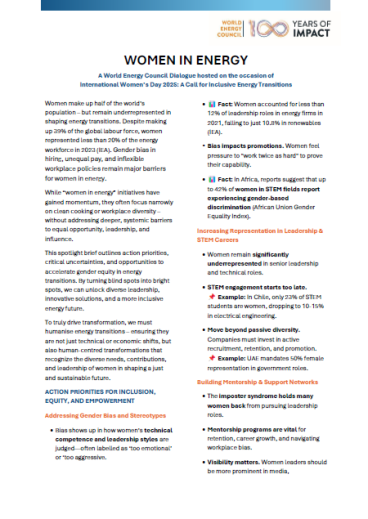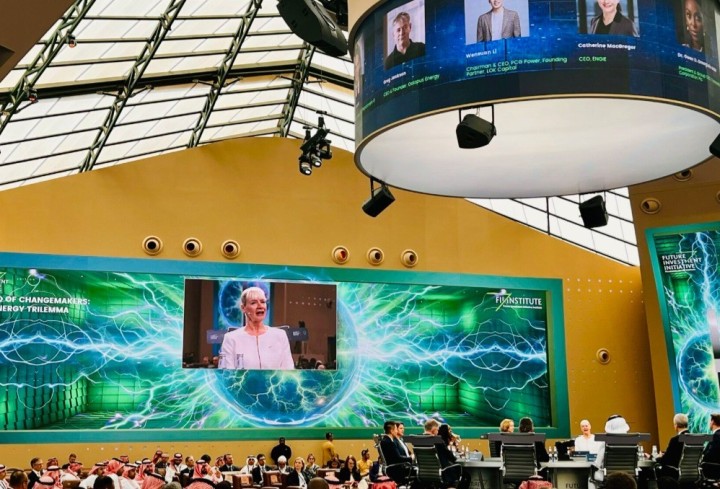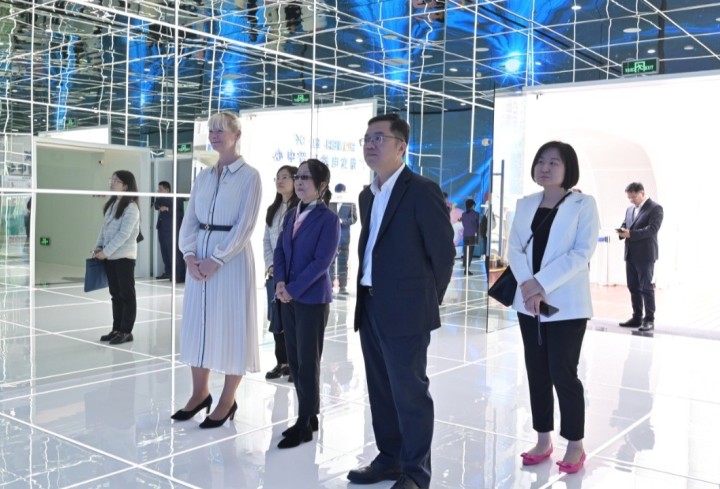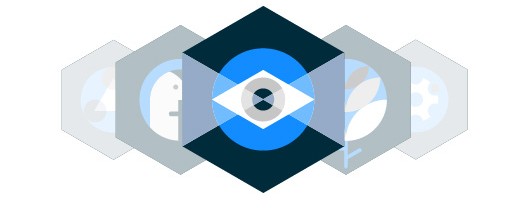The topics discussed were, amongst others, the development of logistics and transport capacity of small quantities of LNG to supply coastal storage, filling stations, factories and off-grid facilities.
The programme of the 3rd International LNG Conference was also enhanced by a Ministerial round table. Representatives from Energy Ministries of Mediterranean Countries and Mediterranean Organisations debated about the security of Mediterranean energy supplies and the environmental protection of the Mediterranean Sea, focusing on the Mediterranean energy dialogue and the LNG option for secure-affordable supplies and clean Mediterranean seas.
Main Findings at the LNG Conference
-
The global LNG market is experiencing a major change. 2014 was a year of relative stagnation due to increased demand from several regions and delays in new supply projects. Intra-Pacific, Middle East and the Pacific dominated global trade, with Asia covering 75% of global demand;
-
China’s LNG demand growth has been impressive. The country went from 0 to 20 million metric ton per annum (Mtpa) of imports in less than 10 years making China the third LNG largest importer in the world. European LNG imports declined (-1.5Mt). Europe’s share of LNG global imports decreased from 14.3% in 2013 to 13.6% in 2014.
-
LNG demand will be increasingly fragmented in the coming years due to the emergence of new importers. There were 23 importers in 2010, 30 in 2014 and around 35 in 2015.
-
During the second half of 2014, the sharp decrease in crude oil price combined with a looser supply situation drove down prices in Asia, where spot prices were halved between March and October. For the first time earlier this March, Asian LNG spot prices (EAX price) were lower than NBP (National Balancing Point – UK) prices: $6.85/MMBtu versus $6.92/MMBtu. During the same period of the previous year, the EAX price stood at $19.84/MMBtu with the British equivalent contract at $9.90/MMBtu;
-
The global climate debate, and the subsequent interest in reducing emissions, is the driving force for the use of cleaner fuels. From an environmental emission perspective, LNG is a viable mitigant, significantly reducing emission of CO2 up to 20%, sulphur oxide up to 100%, nitrogen oxide up to 90% and particulate matter up to 99%;
-
A key enabler in the evolution of LNG as fuel is the availability of Small-Scale LNG (SSLNG). Actually, the global SSLNG installed production capacity is of 20 Mtpa. Most of the growth is in China, where efforts are in place to get clean fuels to fight air pollution stimulated by the availability of gas and the price differential between natural gas and diesel oil;
-
Data on the world fleet powered by LNG (either single or dual fuel) presented by DNV GL indicate 134 LNG-fuelled ships in operation or in order as of January 2015. It is expected that by 2020 one thousand new builds will be delivered equipped with natural gas engines. Additionally, 600 to 700 ships could be retrofitted to run on LNG.
-
The On-Road transportation sector driven by commercial fleet owners in LNG-fuelled vehicles has grown significantly over the past decade. In Europe the Blue Corridor project is underway to build LNG fuelling infrastructure and to demonstrate the economic viability of LNG fuel for heavy trucking. In this field, the Natural Gas Vehicles developed by Iveco (Stralis Natural Power L-CNG) represent a successful example for a decarbonised transport sector;
-
At a European level, crucial regulation for the future development of liquefied natural gas in road transport and shipping is being discussed. On the 25th of February the European Commission launched its new “Energy Union” strategy, identifying LNG as the first pillar the security of supply. The spread of LNG for all uses is highlighted as the preferable solution to guarantee an adequate level of energy security in Europe. Within this strategy a new directive on LNG is under development, following directive 94/2014 for the realisation of land and maritime infrastructures for the distribution of liquid methane. At the moment, this directive is being transposed by member states;
-
EU is driving the development of LNG infrastructures for several reasons:
- Environment: important projects mainly related to the transport sector both at sea and at land have been launched:
- The Sulphur Emission Control Areas (SECA) went into force on 1st January 2015. This was for the Baltic Sea and for part of North Sea. The remaining part of North Sea is to follow in 2020 with the aim to have LNG bunkering facilities in 139 ports.
- The GAINN initiative, the COSTA project follow up, will set the basis for the creation of a Mediterranean LNG refuelling infrastructure. Italy is part of this initiative with the GAINN_IT network predicting that the year 2030 will see each Italian port to be an element of the network (9 ports) and will be equipped with: LNG receiving system, LNG storage system, LNG refuelling for ship and/or LNG fuelled ships, LNG refuelling for vehicles and/or LNG fuelled vehicles;
- Blue Corridor Project that to date has achieved 9 LNG stations completed and 75 trucks on the road.
- Security of Supply: with the large dependence on Russia for EU’s natural gas imports, the EU wants to diversify its natural gas imports by both promoting new pipelines, like TAP and TANAP, as well as increasing the number of LNG receiving terminals.
- In Italy, some of the largest energy companies are developing strategies to promote the deployment and use of liquefied natural gas in road and marine transportation. For example, In 2014 Eni launched the first Italian LNG/LCNG Station (Piacenza) and have plans to commence similar projects in Pontedera (LNG/LCNG Station), Livorno (modular LNG storage tank), Venezia (LNG/LCNG Station for both road and marine transport) and Gela (feasibility study for liquefaction, storage and distribution facility of LNG, as well as feasibility of CNG application).
- During 2015 OLT (Offshore LNG Toscana) concluded a preliminary feasibility study to identify the capability of its terminal, anchored about 22 km off the coast of Tuscany to perform the transfer of the LNG to LNG shuttle carriers and the consequent modifications needed. The study was co-financed by European Union through the “SEA Terminal Project” in cooperation with Valencia Port Foundation and Livorno Port Authority under the supervision of the Italian Ministry of Transport. OLT is also collaborating with Livorno Port Authority to install at the port of Livorno, LNG supply and Dual Fuel LNG powered machinery.
- Liquigas has decisively invested in LNG, opening a new supply route for Italy, obtaining LNG from the regasification terminal of Fos-sur-Mer in Marseille. As an alternative to the already used Rotterdam terminal. Liquigas presents LNG to its customers as a positive solution for the transition of the several industrial plants and heating systems in Italy from obsolete and highly polluting fossil fuels, such as fuel oil. Already ten major industrial customers have chosen Liquigas as their LNG supplier.
- To develop a sustainable market it is however, necessary to define a stable and clear regulation plan for bunkering operations and define clear measures (emission reductions, fiscal regime etc…) for the use of LNG for transport. In this field it is crucial that all the countries bordering the Mediterranean Sea, as well as the LNG end users, are involved.

